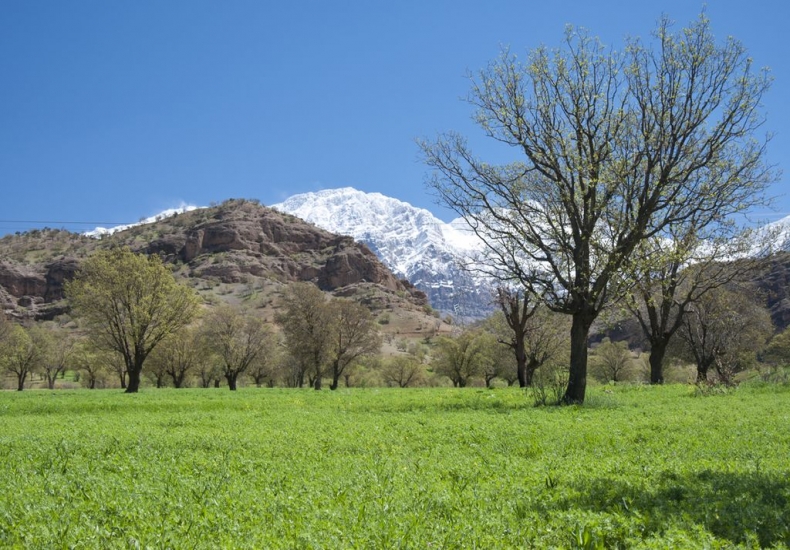Yasuj is the capital of Kohgiluyeh and Boyer-Ahmad Province, as one of the most populated homes of Lor ethnicity through southeastern part of Iran’s vast territory. Yasuj as a specific name, is the name of a specific region which pile of Jasmine flowers grow.
An ancient city namely “Tal Khosrow” has been located in the vicinity of current location of Yasuj, before formation of it. Tal Khosrow has 2000 years of rich historical record, but there is no remained evidence of except some sporadic hills. Yasuj was the summer to the great state of former ancient Ilam government. The remained evidences within the archaeological site and the Paye Chul cemeteries dates back to 3000 year BC.
Yasuj is located besides to the Bashar River in the numerous hills at an altitude of 1870 meters above sea level. Through the whole winter a lot of snow falls occur for this city while surrounding mountains remains snow covered for a long time.
Yasuj is located in a cold climate with cool moderate weather. The amount of snowfall and rainfalls is so high through this city while it has rich water sources all around the year and snow covered mountains throughout the whole winter.
The city’s Historical attractions include the Old City of Dehdasht, which was founded by the Sassanids (226-651 CE) and later flourished under the Seljuqs (1038-1118) and Timurids (1370–1507), Kheyrabad Chahar Taqi, which is the ruins of an ancient Fire Temple built by the founder of the Sassanid dynasty Ardashir I (180-242) the Unifier, Cheshmeh Belqeis Garden, which locals believe was created in Sassanid times and revived in the Pahlavi era (1925-1979), and Charam Fortress which was built by the feudal lords of the region in the mid-Qajar era (1785-1925).
Yasuj’s natural attractions include Sisakht planes, where according to legend 30 Persian braves fell in battel, Tamoradi Canyon with its springs and 15-meter waterfall, Mishi Spring, Ganjeyi Canyon, Yasuj Waterfall and Yasuj Forest Park.
